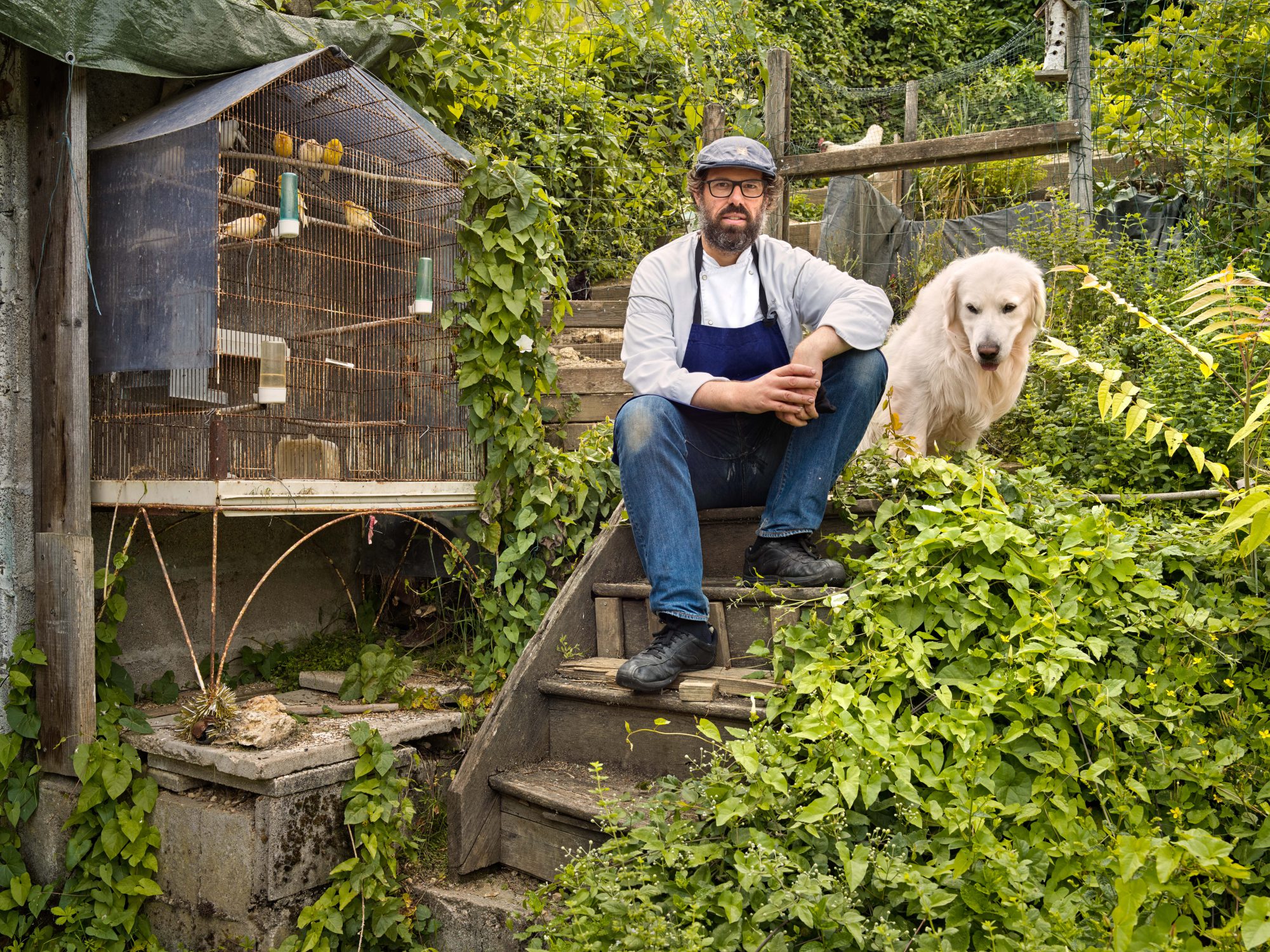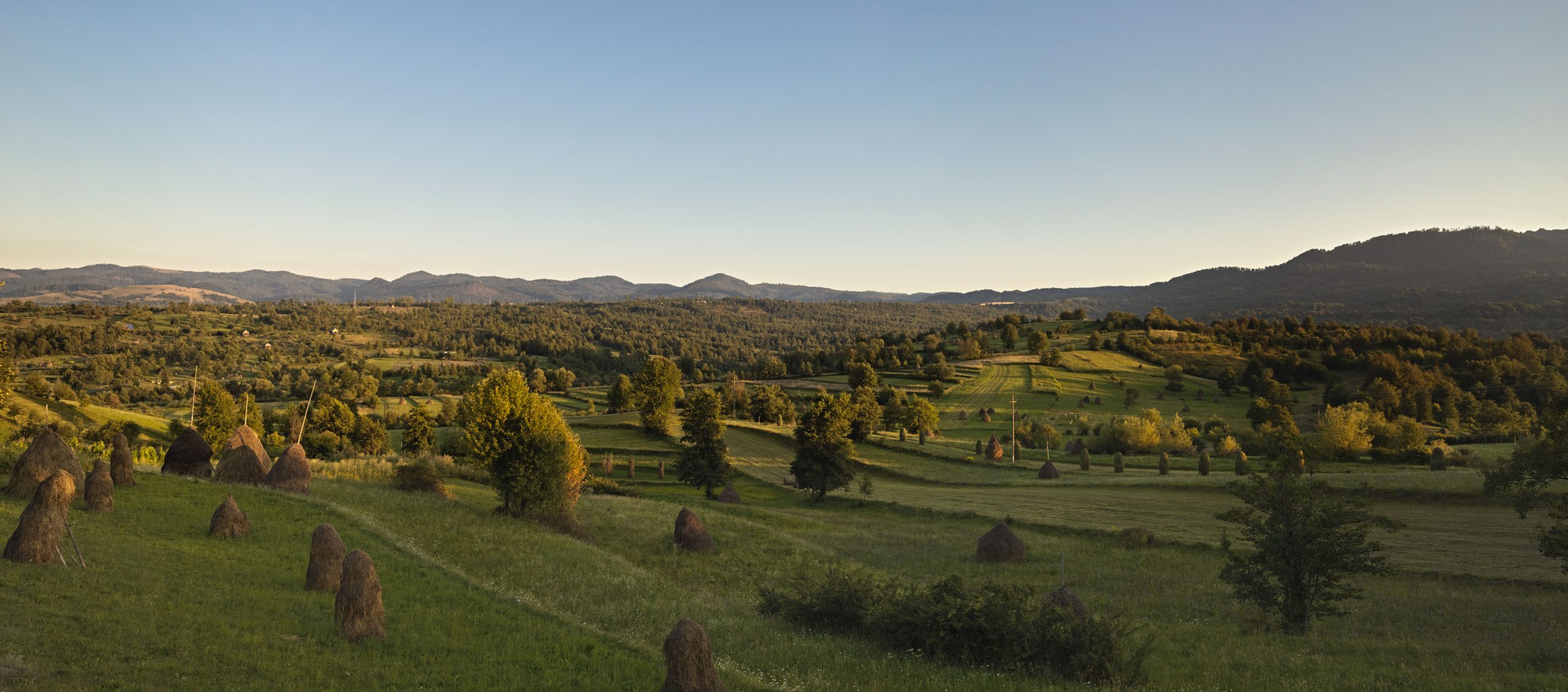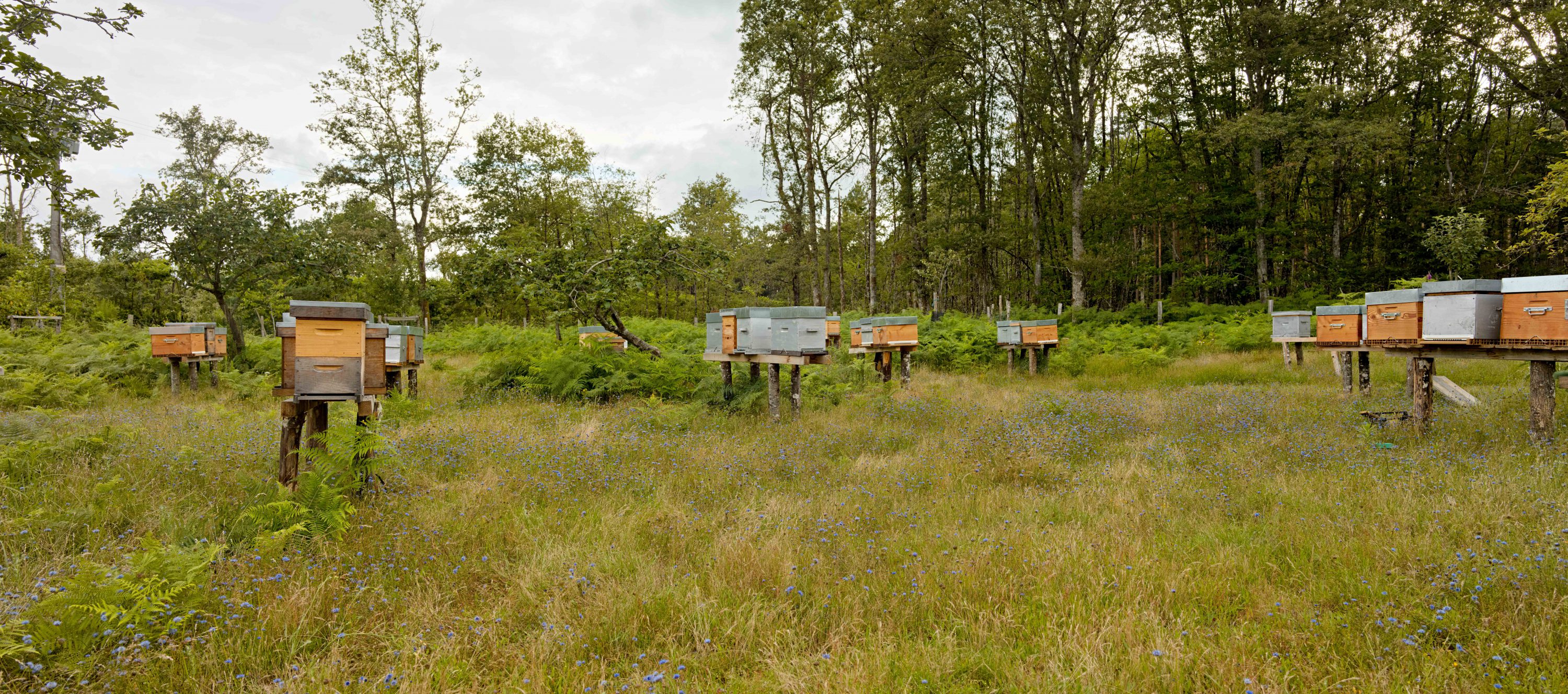
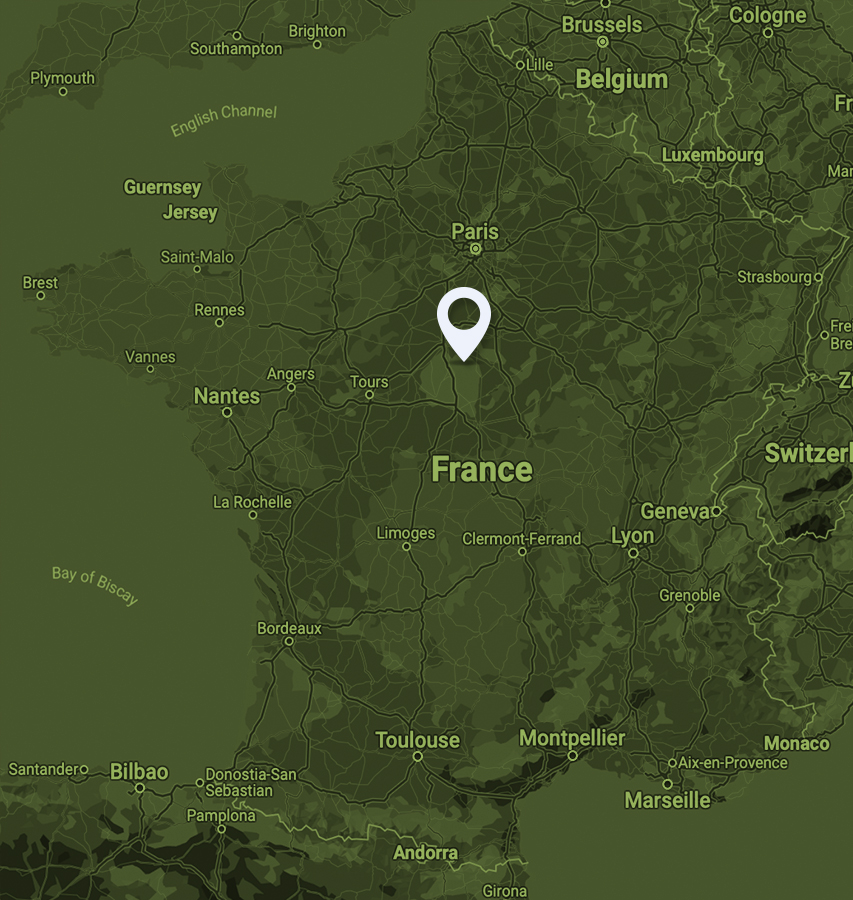
Honey from the Sologne
The honey, regarded as exceptional right from the first harvest, has been awarded first prize in Talents Gourmand, a competition organized by the Credit Agricole Val de France.
Anthony Maubert (Restaurant Assa) wants us to visit another of his suppliers, where he gets his exceptionally high-quality honey and Sologne saffron, but it’s above all the story of Nils Aucante, who with his father Pierre (the fifth and sixth generations) is breathing new life into the derelict farm Ferme de Saint Marc. It’s a story of a life in the service of beekeeping that Anthony believes should be told to the world.
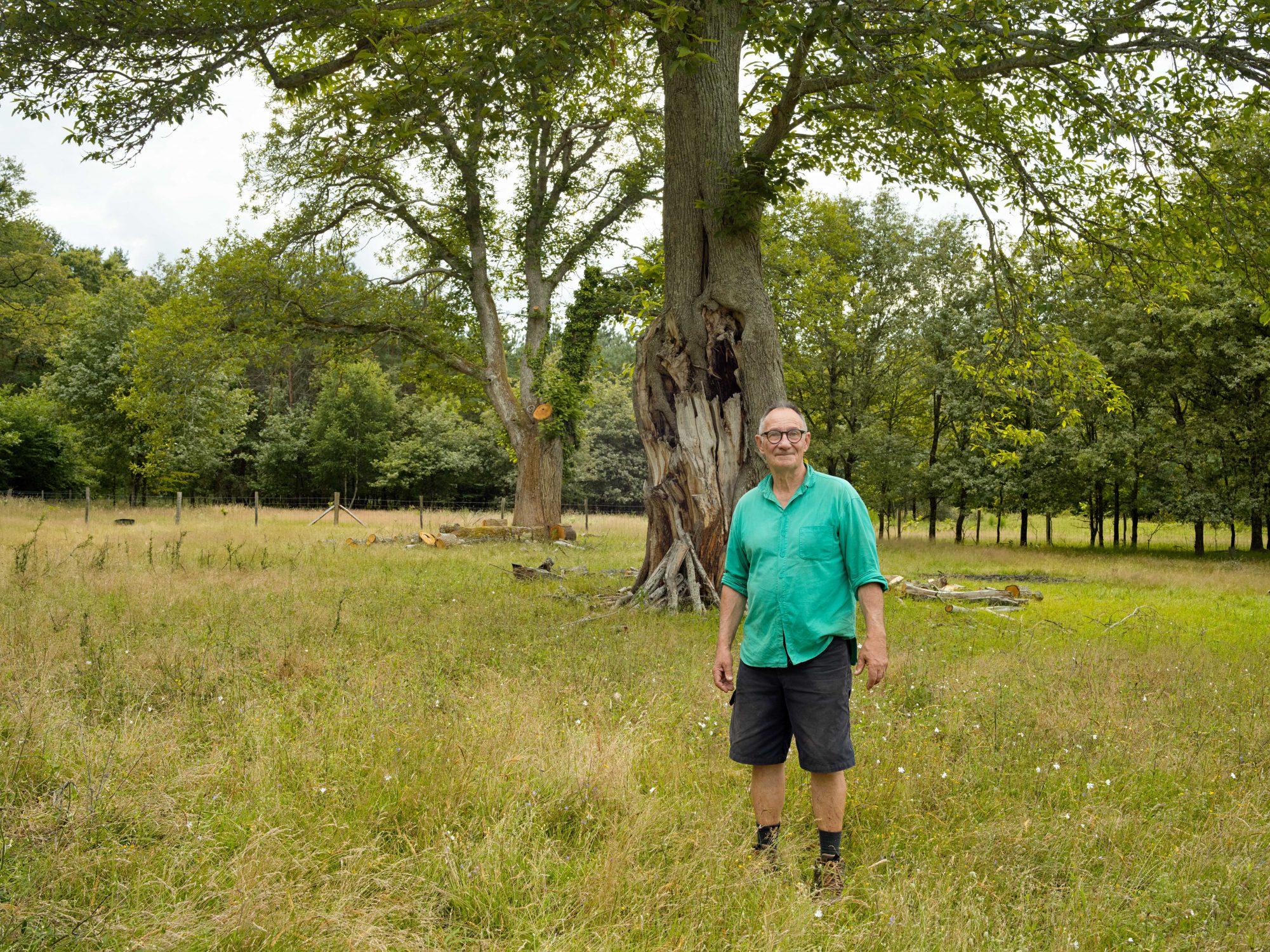
Ferme de Saint Marc
Nils Aucante, a documentary maker who spent seven years travelling every continent and made a documentary about bees, returned in 2018 after a hectic life to the derelict Saint Marc Farm in Yvoy-le-Marron, which has been in his family since 1894. He was determined to be able to offer products rooted in the land, 100 per cent made in Sologne and certified as organically produced.
His two hundred hives make honey that is 100 per cent organic: forest honey, hawthorn, buckthorn, oak honeydew, chestnut, bramble and heather honey. The farm also breeds Sologne ewes and grows saffron.
"We have opted for a system of farming with honey meadows to ensure the happiness of the bees and the sheep that graze there."
Pierre Aucante
Les Ruchers de Saint Marc
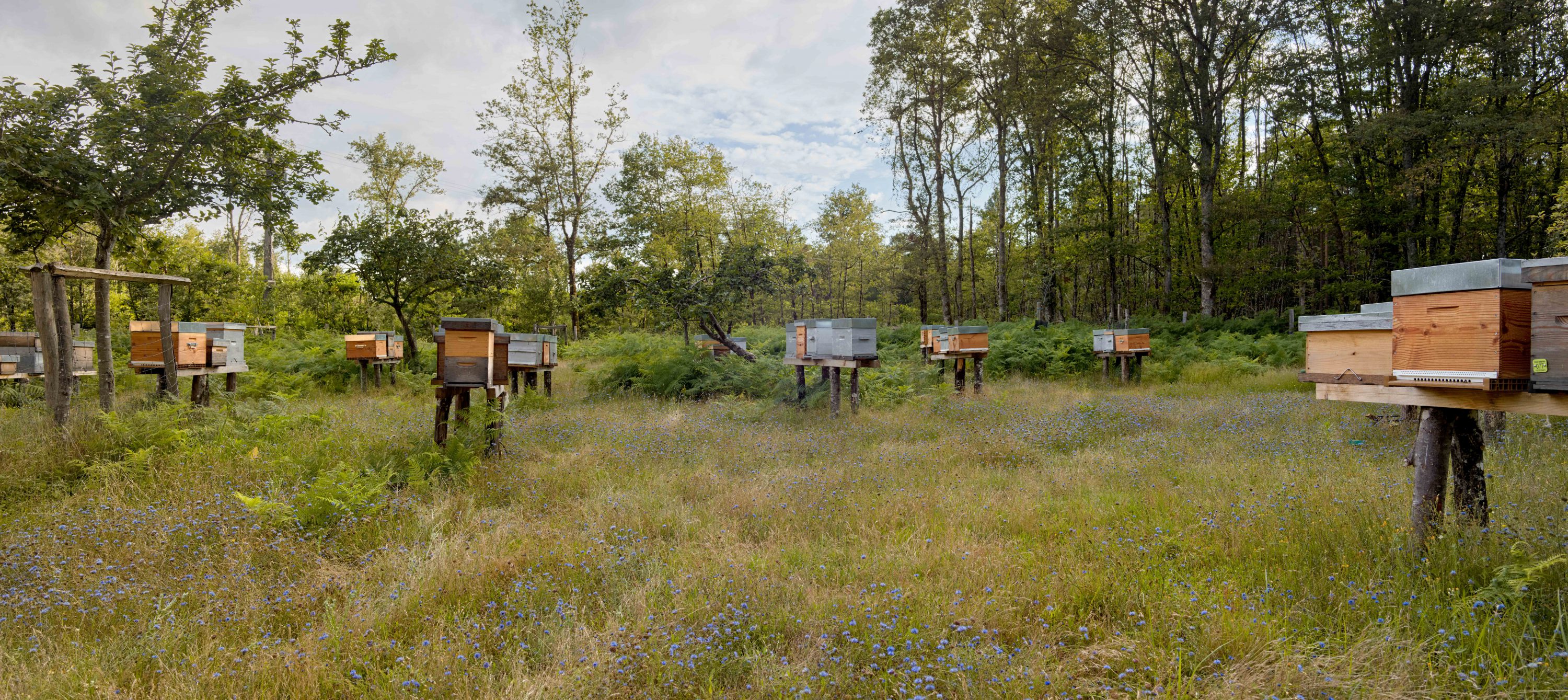
The black bee, or European dark bee, is critically endangered. It’s an ancient subspecies that occurs right across northern Europe, from the Pyrenees to the Urals. It survived the ice age. Until a century ago it was a common bee, the only hive-dwelling bee in France. Over time the black bee has diversified into different ecotypes that are specific to each of the regions it inhabits.
The black bee of Sologne has evolved along with the landscape, which is very different from that of the surrounding regions. This hardy strain can live in forested environments that are low in nectar.
‘Local bees adapt to their surroundings and thereby form an irreplaceable genetic reservoir. Our mission is to bring together and preserve these strains of bee.’
Saving the black bee
As lovers of the Sologne, and because of their extensive knowledge of bees and the local area, Nils and his father were mobilized to ‘save the black bee’, along with the National Domain of Chambord, the National Forest Office and the beekeeping association of Loir-et-Cher.
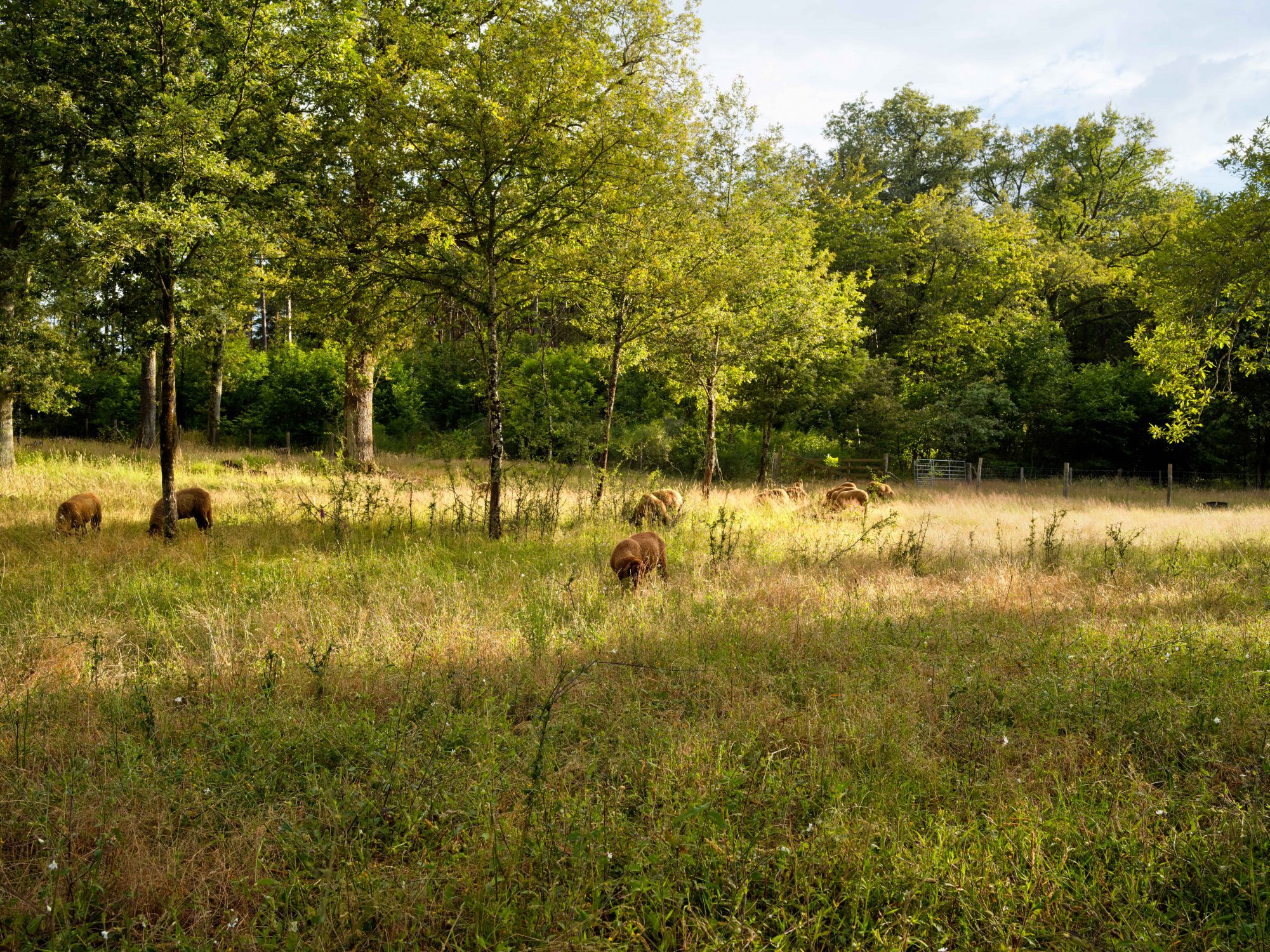
It’s the loveliest, purest, sweetest forest honey imaginable. The combination of hawthorn and gorse produces an unforgettable sweetness that is pure joy. To achieve it the beekeeper needs to trust the capabilities of the bees and their miraculous knowledge of flower sources. The forest is also a source of honeydew. Bees collect the sugary substances excreted by sap-sucking insects and transform them to produce honeydew honey, stronger and richer in trace elements than honey made from flowers. These gifts from the forest ecosystem are highly dependent on specific climatological conditions.
Forest beekeeping
The heart of the Grande Sologne, which is 80 per cent forested, is the ideal habitat for forest beekeeping. The forest and the undergrowth offer an immense variety of resources. They present immense diversity, far from pesticides and agricultural crops. By sparing the bees the stress and shocks of nocturnal ‘transhumance’, the beekeeper is able to ensure the bees have a chance to give the best of themselves.
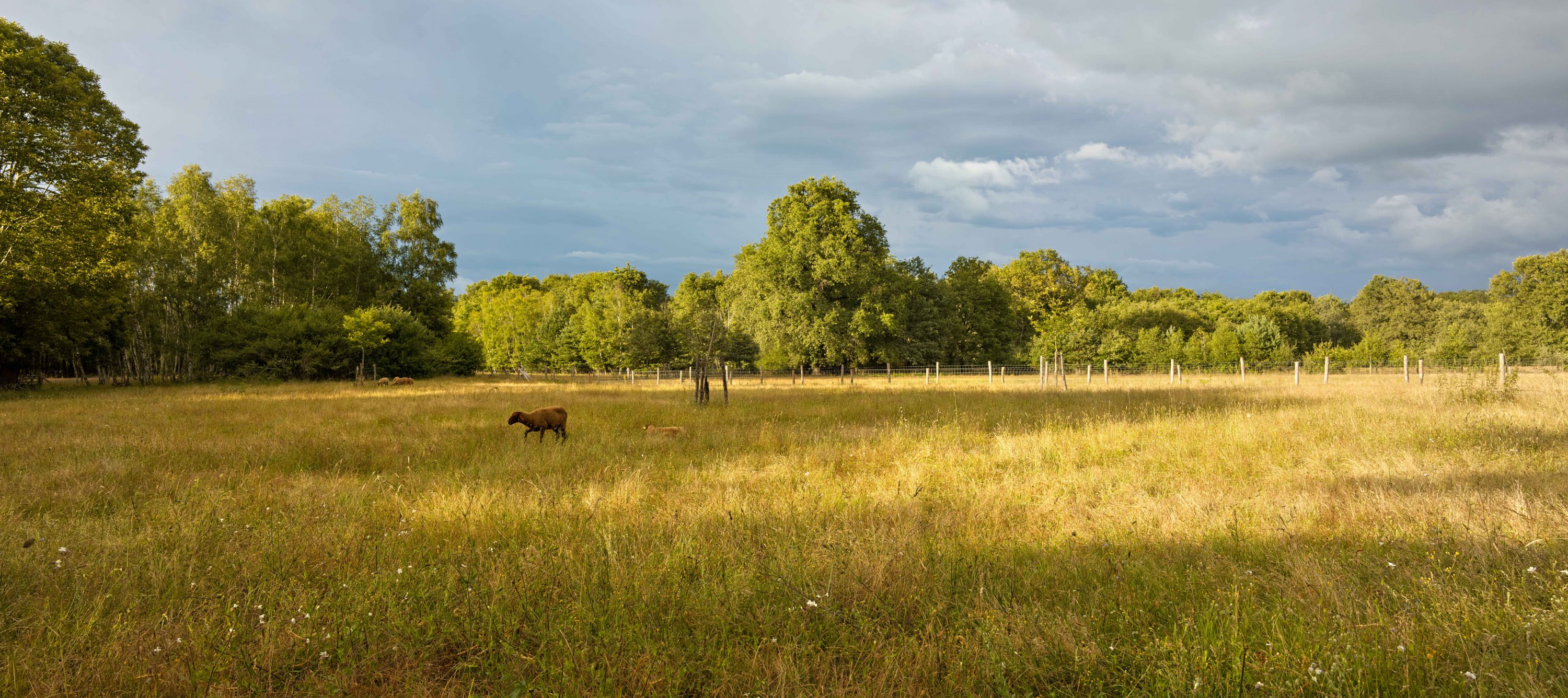
Honey production is not a goal in itself. Good harvests cannot occur unless the bees find themselves in ideal circumstances. At Ferme de Saint Marc, which has several hundred hives, great attention is paid to the composition of the hedges and the planting of trees in the sheep pasturage. The aim is to practice productive agroforestry that benefits both the herds of sheep and the colonies of bees, as well as creating a pleasant original landscape.
Beekeeping is changing
Beekeeping has changed a great deal over the past twenty years under pressure from intensive agriculture and the globalization of trade, which has led to runaway genetic mixing between bee species. Such reckless practices from the past are no longer appropriate.
We have selected another two stories that might inspire you.
